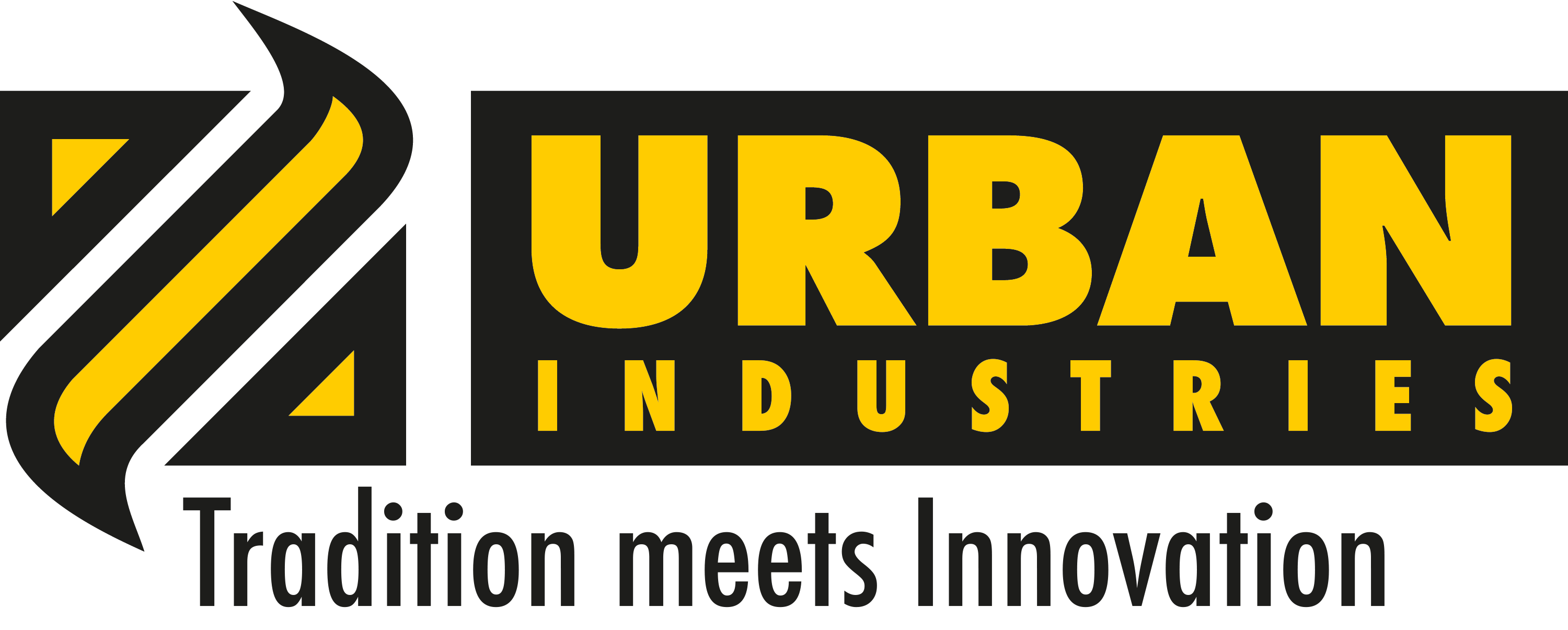Mounting platforms
Precise installation for complex systems
Assembly platforms are indispensable elements for the installation of electronic and weapon systems. These large, stable platforms offer the necessary load-bearing capacity, precision and flexibility to work safely and efficiently even in demanding environments.
What are mounting platforms?
Mounting platforms are specially developed structures that serve as a work surface and support for the installation of highly complex systems. They are designed for the assembly of electronic components, weapon systems or other sensitive devices.
The main features of mounting platforms include:
- Stability
- Precision
- Modularity
Robust constructions that can also bear heavy loads.
Perfect alignment and positioning of the components.
Adaptable to different requirements and areas of application.
Materials for assembly platforms
The materials used to manufacture mounting platforms must be both robust and durable. Typical materials are
- Steel
- Aluminum
- Composite materials
- Non-slip surfaces
Provides maximum stability and is ideal for platforms with high loads.
Lightweight and corrosion-resistant, particularly suitable for mobile platforms.
Combinations of metals and plastics for additional strength with reduced weight.
Special coatings increase safety during assembly work.
Functions and advantages of mounting platforms
Assembly platforms offer numerous advantages that make them an indispensable tool in industry and the military:
- Efficient assembly
- Flexibility
- Security
- Longevity
- Mobility
Facilitate the installation of complex systems by providing optimum working conditions.
Platforms can be adapted to different areas of application and requirements.
Robust designs minimize risks at work.
High-quality materials and precise manufacturing guarantee a long service life.
Some platforms are transportable and can be used flexibly.
Areas of application for assembly platforms
Assembly platforms are used in various industries:
- Military
- Aerospace
- Industry
- Logistics
- Building industry
Assembly of weapon systems and electronic control units in vehicles, airplanes or ships.
Installation of satellites, radar systems and other sensitive electronic systems.
Used in the production and maintenance of complex machines or systems.
Assembly platforms support the setup and integration of control systems in warehouses and distribution centers.
Platforms are used to safely install large-scale devices or sensors.
Construction of modern assembly platforms
The construction of assembly platforms is technically demanding and requires maximum precision:<(p>
- CAD-protected design
- Modularity
- Load test
- Ergonomic design
Ensures perfect planning and adaptation to specific requirements.
Platforms can be individually extended or reduced in size.
Each platform is tested for its load-bearing capacity to ensure maximum safety.
Working height, accessibility and safety are optimized to enable e=icient working.
Future trends in assembly platforms
The further development of assembly platforms is driven by technological innovations and increasing requirements:
- Automation
- Lightweight construction
- Smart platforms
- Sustainable materials
Integration of lifting systems and autonomous controls for even more e=icient assembly processes.
Use of new materials such as carbon fiber to reduce weight and increase mobility.
Sensors and IoT technologies make it possible to monitor the load, position and status of the platform in real time.
The use of recyclable materials contributes to environmental friendliness.
Development challenges
The design of modern assembly platforms presents engineers with various challenges:
- Weight
- Costs
- Complexity
The platform must be light enough to be easily transported, yet stable enough for heavy loads.
High-quality materials and precise manufacturing make platforms cost-intensive.
Platforms must be compatible with the installed systems and enable simple operation.
Conclusion
Assembly platforms are indispensable for the installation of complex electronic and weapon systems. They offer stability, precision and flexibility to perform demanding tasks safely and efficiently. With innovative materials and advanced designs, assembly platforms remain a key tool in the industrial, aerospace and military sectors.

